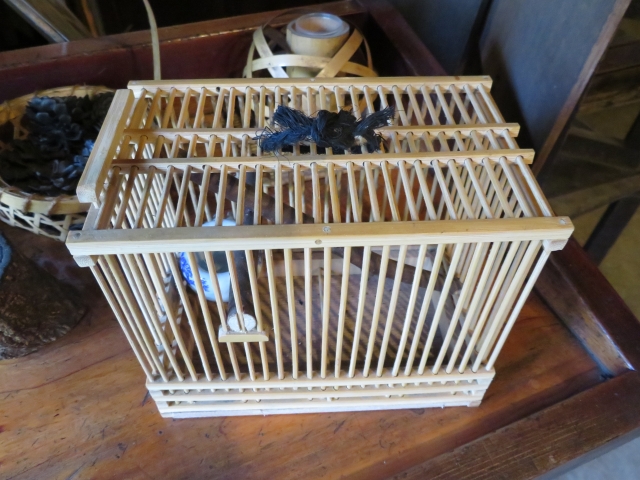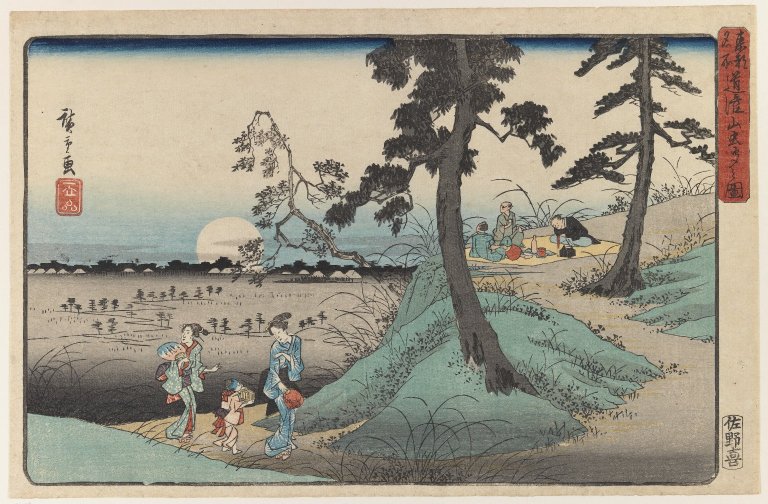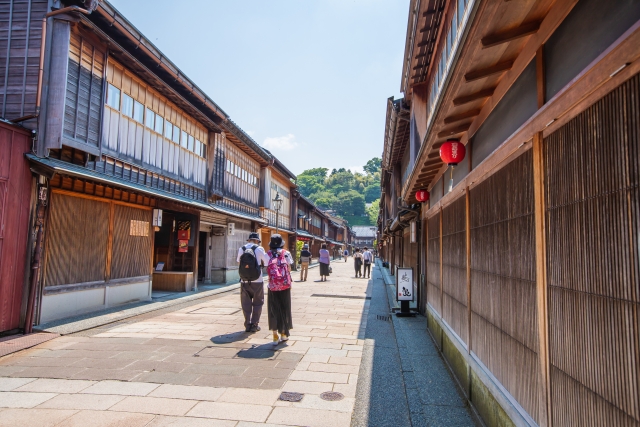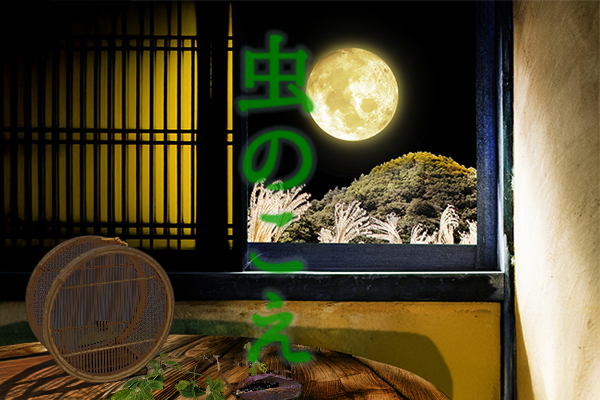Mushi no koe
Are Matsumushi ga naiteiru
Chinchiro Chinchiro Chinchirorin
Are suzumushi mo nakidashita
Rin rin rin rin riin rinAki no yonaga wo nakitoosu
Ah omoshiroi mushi no koeKirikiri-kirikiri Kirigirisu
Gacha gacha gacha gacha Kutsuwamushi
Atokara Umaoi oitsuite
Chon chon chon chon suu itchonAki no yonaga wo nakitoosu
Ah omoshiroi mushi no koeLyricist & Composer:Unkown
in 1910
Sound of insects
Oh, pine cricket is chirping.
Ding-dong, ding-dong, ding-dong, ding-dong.
That bell cricket is chirping, too.
Ring, ring, ring, ring, ring
They’re chirping through the long autumn nights
Oh, how interesting, the sound of insects
Kiri, kiri, kiri, kiri, grasshopper
Gacha gacha gacha gacha giant katydid
It was Hexacentrus that began to sing after
Chon chon chon chon suu itchon
They’re chirping through the long autumn nights
Oh, how interesting, the sound of insects

The song “Mushi no koe,” published as a Ministry of Education song in 1910, celebrates the rich and varied sounds of insects chirping in the autumn grass. This song embodies the unique Japanese aesthetic sense of “furyu,” which appreciates the elegance of nature. While in the West, insect sounds are often considered noise, in Japan, they have long been cherished as a refined way to enjoy the arrival of autumn.

For Japanese people, the sounds of insects are not just noises but essential elements that signify the change of seasons. This sensitivity is frequently depicted in ukiyo-e (Japanese woodblock prints), which often feature insects and their habitats. In Kanazawa’s Higashi Chaya District, traditional teahouse buildings with beautiful lattice windows called “kimusuko” remain. The term “kimusuko” itself, meaning “wooden insect cage,” symbolizes elegance and reflects the Japanese aesthetic that values the sounds of insects. Such architectural designs also illustrate the Japanese appreciation for the beauty of insect sounds.

歌川広重 – Online Collection of Brooklyn Museum; Photo: Brooklyn Museum, 41.469_IMLS_PS3.jpg, パブリック・ドメイン, リンクによる

A machiya with a “kimusukago” design, characterized by fine, regular slits that look like insect cages. At Higashi chayamachi , Kanazawa.
The song’s lyrics use onomatopoeia to vividly express the sounds of insects, creating a unique rhythm and resonance that deeply touches the listener’s heart. For instance, the phrases “chinchiro chinchiro chinchororin. Rinrin rinrin riinrin.” and “kirikiri kirikiri kirigirisu. Gachaya gachaya gachaya gachaya kutsuwamushi. Chon chon chon chon suitchon.” are used. However, there is an anecdote about how the scientific observation that “kirigirisu (katydid) does not chirp ‘kiri kiri,’ but it is the cricket that does” led to a correction in the lyrics, demonstrating an intriguing conflict between scientific accuracy and literary expression.
However, the advancement of modernization and urbanization has led to a decline in the appreciation of such elegant sensibilities. The increase in residential areas and environmental changes have reduced the habitats of insects, making it harder to hear their sounds. Despite this, there has been a recent resurgence of interest in this refined pastime, driven by a return to traditional Japanese values.

松岡明芳 – 投稿者自身による著作物, CC 表示-継承 3.0, リンクによる
“Mushi no koe” is a song that reminds us of the Japanese spirit of elegance. Through this song, we hope to help people rediscover the beauty of nature and the changing seasons, and revive the fading appreciation for these subtle natural sounds.
▼In Sendai City, Miyagi Prefecture, a “meeting to enjoy the sound of insects” was held from late summer to early autumn. Due to the new corona infection, the event has not been held in recent years, but it may be coming back soon.




コメント